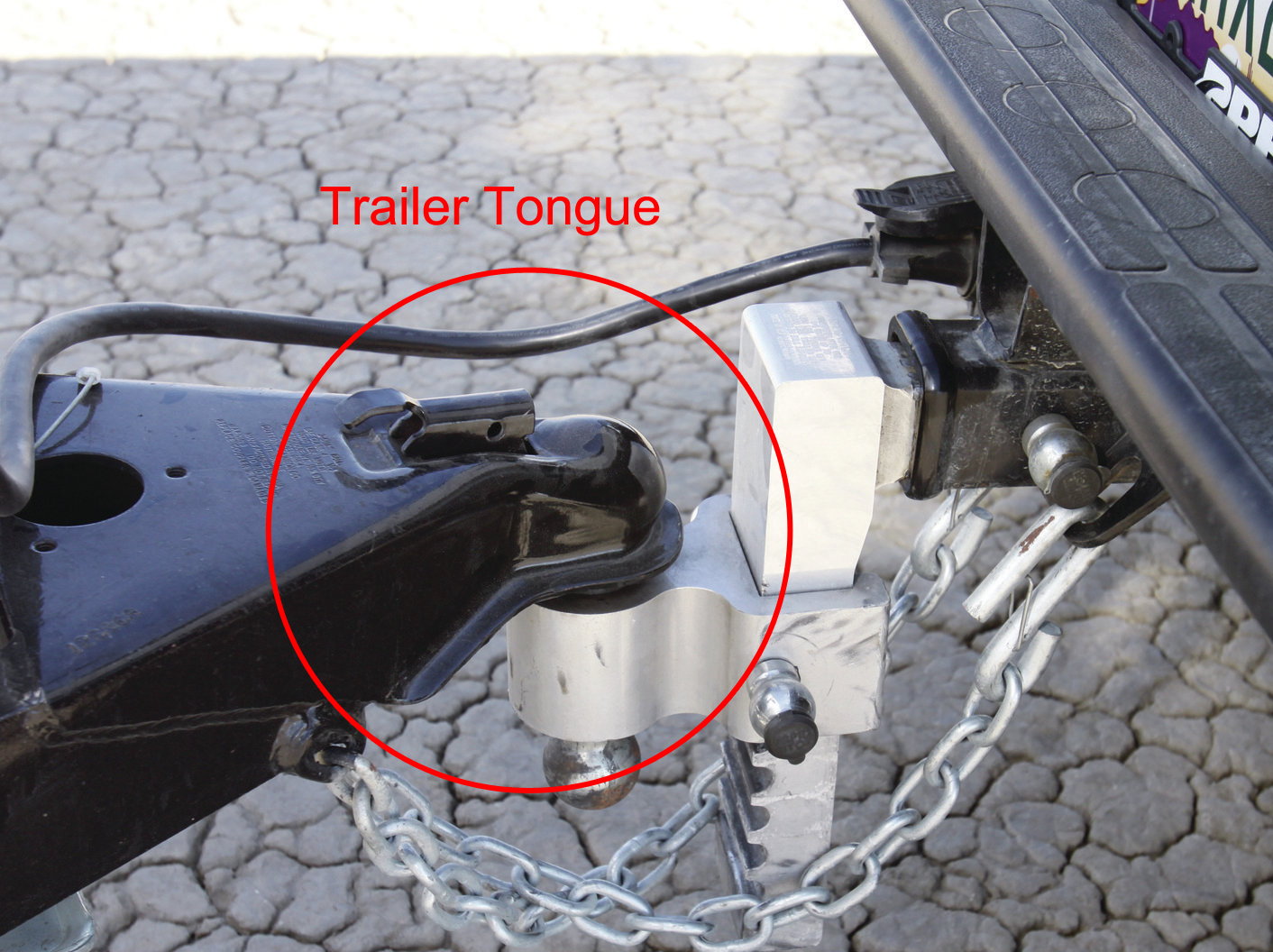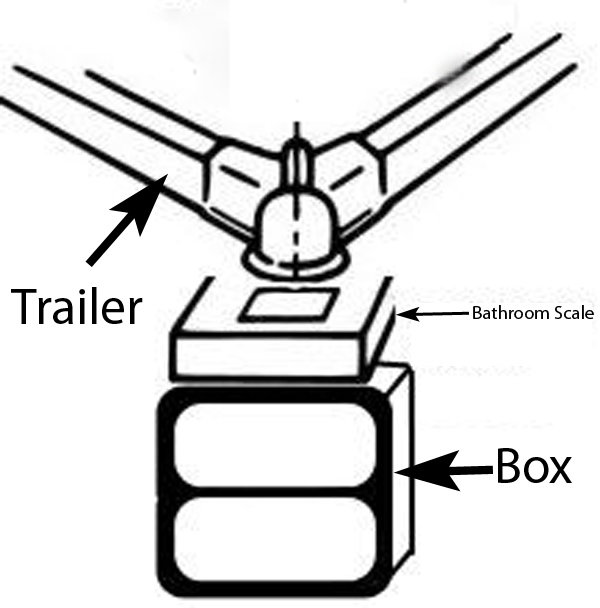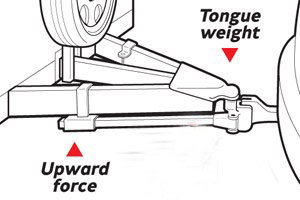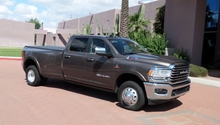Dodge Ram: How to Calculate Tongue Weight
If you're thinking about buying a trailer, here's some information you need to know.
This article applies to the Dodge Ram (1994-present).
For Dodge Ram owners with experience, towing is easy when the tongue weight is where it needs to be. Your trailer hitch's tongue is the arm that extends from the trailer and couples with the tow vehicle's receiver. The tongue weight is the downward force that the trailer's tongue applies to the hitch of the tow vehicle. If the tongue weight is too light, swaying can occur. If it's too heavy, the steering of the tow vehicle can be affected, not to mention it would also be illegal for a tow vehicle to pass its gross vehicle weight rating (GVWR). In either case, disaster can be just up the road.

According to many experts on this subject, tongue weight should ideally be between 10% and 15% of the trailer’s gross weight. This includes everything that will be in or on the trailer as it is being towed. There are several ways to find the tongue weight.

Materials Needed
- Bathroom scale ($8) or Tongue Weight Scale ($130)
- Adjustable sturdy box
- Several 2x4s
Step 1 – Determine the weight of your trailer
The actual gross trailer weight (GTW) will be on a placard somewhere on the trailer itself or in the manual that came with the trailer. You can also find out the weight of the trailer on the Internet. Then add whatever is going on or in the trailer, such as a boat, gasoline, batteries, and other equipment.

Pro Tip
Another thing to consider before purchasing a new trailer is how much the trailer hitch receiver in your Ram can handle. Here are the five classes of trailer hitch receivers:
- Class I: Trailer hitch with a GTW of 2,000 lbs and a max tongue weight of 200 lbs.
- Class II: Trailer hitch with a GTW of 3,500 lbs and a max tongue weight of 350 lbs.
- Class III: Trailer hitch with a GTW of 6,000 lbs and a max tongue weight of 650 lbs.
- Class IV: Trailer hitch with a GTW of 12,000 lbs and a max tongue weight of 1,000 lbs.
- Class V: Trailer hitch with a GTW of 18,000 lbs and a max tongue weight of 1,800 lbs.
Step 2 – Measure the height
Set up a box and adjust the height with 2x4s to be the same height as your truck’s towing ball. Measure from the ground to the top of the hitch receiver. Then add three inches to accommodate the height of the ball.
Place the bathroom scale or the tongue weight scale on the box and then pull your trailer to the box and rest the tongue on it. You can use the bathroom scale if the trailer isn’t too heavy; otherwise, use the tongue weight scale.

Figure 3. Trailer on scale. 
Figure 4. Measure the height of your hitch receiver.
Step 3 – Adjust the tongue weight
Once you have determined the true tongue weight, you can decide if it falls within the ideal range of 10% to 15% of the total weight of the trailer and its contents. If it does, then you’re finished here. If it doesn’t, then you can adjust the tongue weight by either moving weight farther behind the rear axle or moving it forward. If your trailer has an adjustable/movable axle, you can adjust the tongue weight by moving it forward or toward the rear of the trailer.

Pro Tip
Too much tongue weight can overload your rear axle or blow a rear tire. However, if the front of the trailer is pointing up, you sacrifice your steering and braking. You want the weight to be as even and distributed as possible.
Related Discussions and Sites
- Calculating Towing Weight - DodgeForum.com
- 1500 Towing with Factor Bumper Hitch - DodgeForum.com
- 2007 1500 Towing Capacity State Secret? - DodgeForum.com
- Towing Tips - FourWheeler.com
- How to Tow a Trailer - PopularMechanics.com






